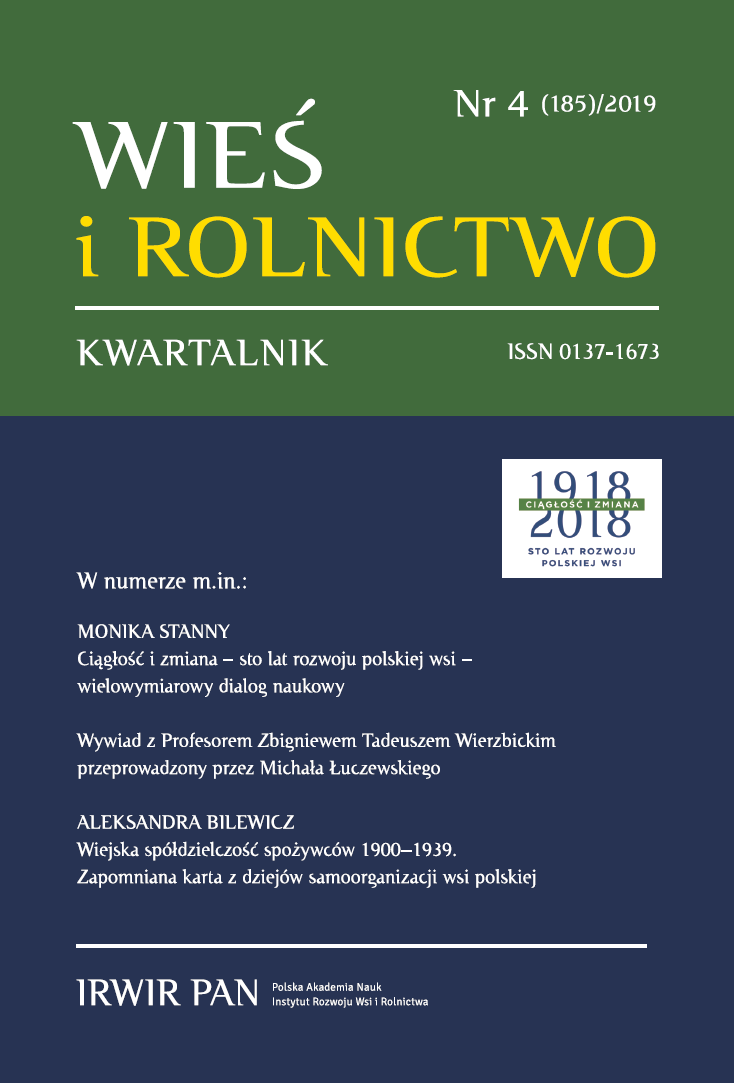Narodziny, potęga i schyłek polskiego
lotnictwa rolniczego
Birth, Supremacy and the Decline of Polish Agricultural Aviation
Author(s): Mariusz NiestrawskiSubject(s): Politics / Political Sciences, Social Sciences, Geography, Regional studies, Agriculture
Published by: Instytut Rozwoju Wsi i Rolnictwa Polskiej Akademii Nauk
Keywords: planes; helicopters; fertilisers; pest control; aviation history; agricultural aviation
Summary/Abstract: The first practical use of crop-spraying aircraft took place in the United Statesin 1916. In the 1920s, aviation agricultural work was already carried out in a number of othercountries. The first attempts were also carried out in Poland. In 1925 and 1927 militaryaircraft were already protecting forests and sugar beet fields. Polish agricultural aviationdeveloped after the end of World War II. In the second half of the 1940s and in the 1950s,Polish Airlines, LOT, was protecting fields and forests. From the second half of the 1960s,the Polish People’s Republic became a global power in the field of agro-aviation. Polishpilots worked in over 250 Polish state-owned farms, as well as in over 20 other countries.The apogee of the significance of Polish agricultural aviation in the world is the seventiesand early eighties. In the 1980s, the importance of Polish agro-aviation gradually beganto decline. Polish planes’ and helicopters’ SP (sierra papa) disappeared from the skiesof other countries. In the 1990s, due to the liquidation of state farms, the aircraft ceasedoperations in Polish agriculture. Polish agricultural companies have also withdrawn frominternational markets.
Journal: Wieś i Rolnictwo
- Issue Year: 185/2019
- Issue No: 4
- Page Range: 141-164
- Page Count: 24
- Language: Polish

